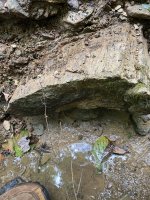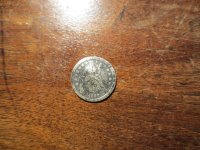I am looking for information conerning the Pirate Billy Bowlegs.
How large was his ship?
What happended to his ship?
How long did he operate?
Thanks
Peg Leg
How large was his ship?
What happended to his ship?
How long did he operate?
Thanks
Peg Leg




